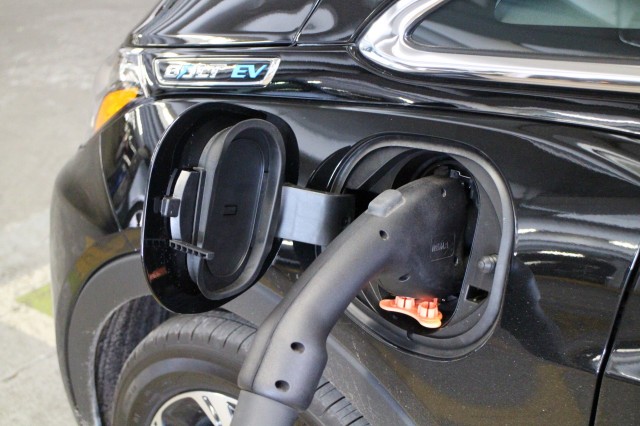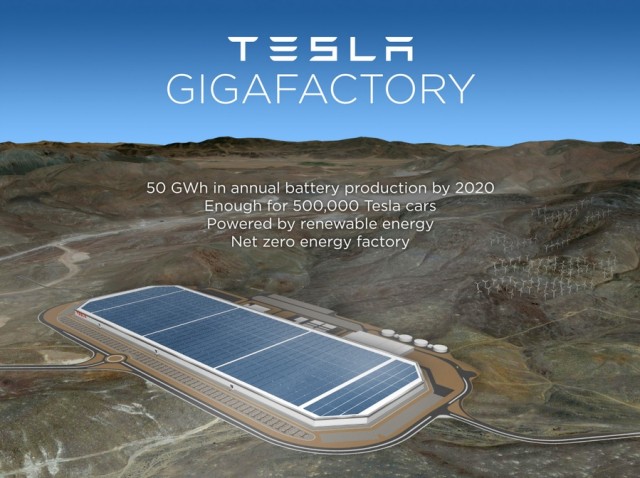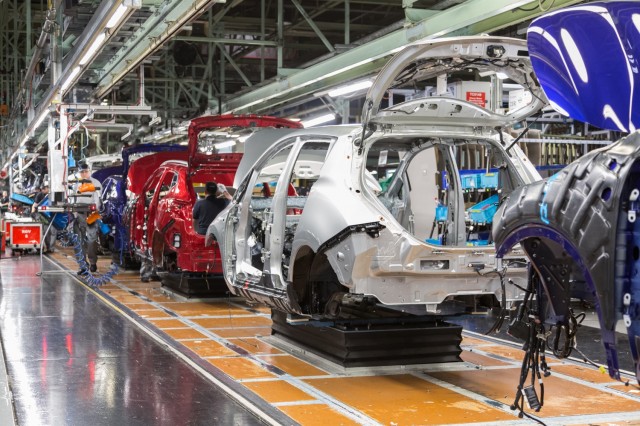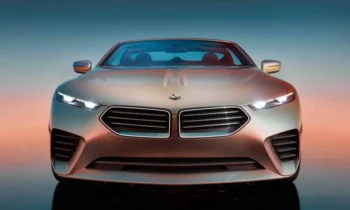
2017 Chevrolet Bolt EV electric car at EVgo fast-charging station, Newport Centre, Jersey City, NJ
Enlarge Photo
Electric vehicles shouldn’t be considered all-out carbon footprint saviors, but they can legitimately be viewed as the great minimizers.
The benefits of electric vehicles over those with internal-combustion engines are vast, but a strange new study is making rounds that claims electric cars are worse for climate-change emissions.
The study, conducted by Swedish state media organization SVT, makes a handful of peculiar assumptions to reach its final conclusions.
DON’T MISS: How Clean Is Your Electric Car? Online Tool Helps You Find Out
Simply put, the findings are based on assumptions that are far from the real-world truth, as summarized by Clean Technica.
A few claims lifted from the SVT study include the suggestion that an electric vehicle must be driven 250,000 kilometers (155,000 miles) before its environmental benefits kick in.
That figure is in relation to a “moderately consuming” diesel vehicle; the study then goes further to state an electric car must be driven 20 years before it can be considered environmentally friendly.

Rendering of Tesla battery gigafactory outside Reno, Nevada, Sep 2014
Enlarge Photo
The bulk of that claim focuses on the carbon footprint of producing the lithium-ion battery packs that power all-electric vehicles.
The Swedish SVT study claims that production of standard lithium-ion cells produces 150 to 200 kilograms of carbon dioxide per kilowatt-hour, so “regular” electric-vehicle batteries (of 25 to 30 kilowatt-hours) create 5 metric tons of CO2.
The study also casually states that Tesla batteries are produced with 50 percent fossil fuels, while Tesla says its batteries are produced using entirely renewable energy, which has been public knowledge for some time.
Even more unusual, the diesel engine used in the comparison is assumed to be fueled with 40 to 50 percent “carbon-neutral” hydrocarbons.
That may be true for a small number of diesel engines, but the vast majority of diesels today use fossil-fuel diesel and are likely to do so for their entire lifetimes.

Nissan Leaf electric-car assembly at Sunderland, U.K., plant
Enlarge Photo
Then there is this: the gasoline and diesel fuels are assumed to have no associated carbon footprint before they arrive at the fueling station.
To clarify, the study is saying absolutely no CO2 is produced during the drilling, extraction, transportation, or refining processes required to turn petroleum deposits buried deep underground into the fuel you can pump into a vehicle’s tank.
In addition, the study assumes that no CO2 is associated with the manufacturing and assembly of the diesel engine or any of its components.
Finally, the SVT study assumes the fuel-economy ratings as posted on window stickers are accurate, and simply multiplies them to get driving distances and CO2 per mile figures.
That’s arguably true for the EPA ratings used in the U.S., but numerous recent studies have shown the more lenient European test cycles to produce ratings as much as 30 to 40 percent too optimistic—which has generated increasing anger among car buyers.
To counter the claim that 150,000 miles of Tesla travel are required for carbon equivalency, Popular Mechanics did some calculations itself.
If the 100-kwh Tesla Model S pack has the carbon footprint assumed by the study (which Tesla CEO Elon Musk disputes), an equivalent gasoline car (the Audi A8 luxury sedan) requires only three years and 45,000 miles to fall into the “more carbon emission” bucket, based on EPA carbon calculations.



